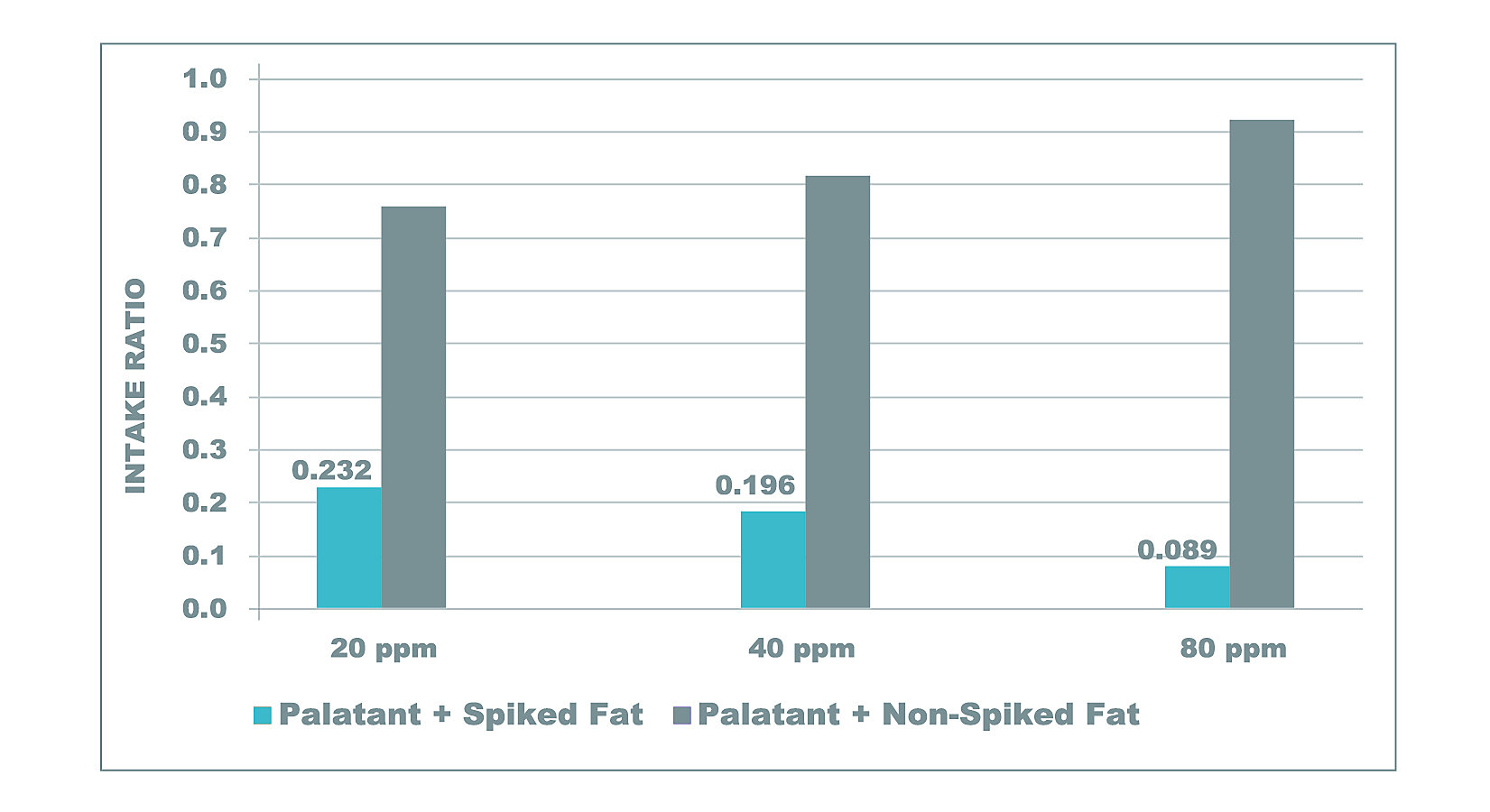Trends such as raw, frozen, semi-moist, freeze-dried and high meat diets pose unique stability challenges and complexity. Many of these trends and ingredients require customized solutions. There is no one-size-fits-all antioxidant solution that works for all diet types.
It is important to partner with an antioxidant supplier who understands how to utilize antioxidants throughout the complex pet food supply chain and manufacturing process. At Kemin, we use our decades of experience to provide innovative solutions to renderers and pet food manufacturers, such as our NATUROX®, VERDILOX®, PARAMEGA™ product lines coupled with our suite of technical, laboratory, and application services.



